— 10 min read
Demystifying 3D Takeoffs in Construction
Last Updated Aug 13, 2024
Last Updated Aug 13, 2024
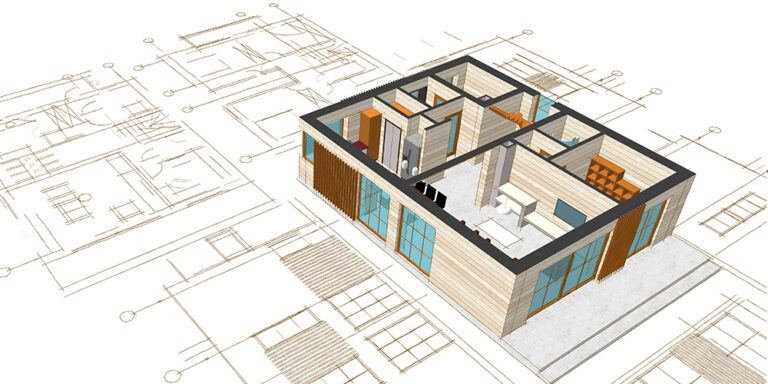
A construction takeoff refers to the process of using construction plans and documents to determine exactly what materials a contractor will need to complete a project. A 3D takeoff uses Building Information Modeling (BIM) to give estimators a three-dimensional digital view of construction plans to better understand the project scope and required materials.
Accuracy in a construction bid is critical to the project's overall success — overbidding makes it difficult for contractors to win jobs in a competitive market, while an underbid can lead to cash shortages and financial losses.
Here, we'll discuss the advantages and challenges of using a 3D takeoff, which contractors are more likely to use them and best practices for getting the most out of the process.
Table of contents
What is a 3D takeoff?
A construction takeoff, otherwise known as a quantity takeoff or a materials takeoff, typically focuses on pinning down the type and amount of building materials required for a construction build, along with their costs. A 3D takeoff is the same, only basing the estimation on a digital 3D model.
Specialty contractors complete takeoffs as a part of the bidding process for the general contractor, so the project may wind up with takeoffs for concrete, plumbing, electrical, or other specific portions of a larger project. The estimator will add prices for labor and equipment after takeoff as part of the complete estimation.
How to Complete a 3D Takeoff
All construction takeoffs begin with project drawings. For digital takeoffs, all the construction documents must be uploaded into software. Estimators must take care to get all the relevant documents covered in the project scope. Architects and designers who use 3D models begin their structural design directly into a 3D model, building layer by layer.
After determining the amount of each material needed based on the square footage of each project area, estimators calculate the cost of each material to come up with a total cost of materials to complete the material takeoff. The estimator can then move on to add up other project costs, including the contractor markup to come up with a final cost for the project.
What are the benefits of using 3D takeoffs?
3D takeoffs are quickly becoming the gold standard in the construction industry, despite not yet being universally accepted. 3D models offer construction stakeholders the chance to get an immersive view of a design to better understand its nuances.
A Clear View of Scope and Materials
The digitalization of estimating has completely changed how construction companies organize and view information. A 3D takeoff involves using a 3D model with a visual component to facilitate a much better handle on the details of the project. While viewing the 3D model, the estimator can zoom in on the details, zoom out to view the complete project scope, and isolate individual areas and drawing types to get a clear understanding of materials and scope.
Data Organization
Not only does a 3D model enable estimators to see that model as if it were in real life, turning and manipulating the image and breaking the structure down by layers, but software programs also house and organize information on material pricing and labor costs — creating real-time estimations while designing.
For instance, if GC specializes in building hotels, throughout the years of projects, they will have a collection of data it uses for estimating. Years ago, this data would have been stored in spreadsheets — but it's now organized in BIM programs. So when building a 3D model for a new hotel, when designers are inputting lumber for framing, the program will automatically calculate lumber costs based on previous jobs. And, when an estimator gets a quote from a vendor, they can input that information and the program will automatically update the estimate with the new material price.
Automation
What was once a very laborious process, turning a 3D model into a 2D drawing can be done automatically in software programs in a matter of minutes. For instance, if a contractor wanted to know how many of a certain kind of door were required for the build, the old way would be to go page by page, finding all the doors on each page and counting them up to get a final number.
With model based estimating , finding the answer is just a matter of cross-checking the system to generate a quantity. The time estimators save from calculating can be used to develop better strategies for approaching the build to achieve more efficient project outcomes.
Time Savings
Using digital 3D models has accelerated the entire takeoff process. For instance, if an estimator needed to calculate the amount of copper piping needed, a manual calculation would involve combing through separate sheets of a drawing, measuring room sizes, and adding up the lengths of pipe required for the intended purposes.
Using a 3D model, the takeoff would consist of a quick reference to the estimating software which would produce a quantitative measurement to use, eliminating much of the guesswork and a lot of manual calculation.
Greater Accuracy
Pen-and-paper takeoffs often rely on the experience of the estimator to produce usable ballpark figures. When estimators use a quality 3D model to complete their takeoffs, they remove much of the guesswork from the estimation process to produce reliably accurate material quantity calculations.
Contractors generally find that the materials numbers used during the build cycle often bear out the estimates produced by good quality 3D models because the 3D takeoff can look closely at every detail to produce more accurate estimates.
Help With Clash Detection
Using digital technology to build out 3D models can avoid costly errors and rework through advanced clash detection capabilities. A strong BIM execution plan will alert the team to design elements that won't work together, like a duct that is going through a wall, so that it can be amended early in the process to save time, money, and frustration.
The benefits of a good 3D model don't end with the estimate. During project execution, the construction team can reference the drawing so that everyone gains a full understanding of the scope and direction of the project. Overall, a 3D takeoff helps refine the estimate.
Improved Communication and Relationships
Because 3D modeling happens in software that can be easily shared, it improves opportunities for teams to work together, offering a reference to a single source of truth for all project teams with access to that common environment.
Shareability means contractors and the design team can get a quick pulse check with the owner, helping to keep that relationship tight and provide visibility into data that can build trust with project executives and managers.
During preconstruction, a shareable or cloud-based file means all stakeholders have a good checkpoint so that when there's a change in the drawing everyone is able to see that version updated in real time and keep track of which files are corresponding to those changes. Eliminating discrepancies allows for good data hygiene and a single source of truth to unite project teams.
Construction is focusing more and more on driving efficiency over time. The accuracy of the estimate as a reference point throughout the project can't be underestimated, while a blown budget can cause a rift with owners that can reverberate through any future interactions.
A 3D takeoff makes it easier to get a handle on estimations, which are pivotal to the entire progress of a job.
Getting 3D Takeoffs Right
As with any other takeoff process, having the tools at hand is only half the battle. Good training and techniques in using 3D modeling is necessary to ensure a quality estimate.
In order to get 3D takeoffs right, the design team and estimator must be sufficiently trained and digitally fluent to make optimal use of the technology and produce a good-quality BIM model. Otherwise, the estimator will be using incorrect assumptions for the entire takeoff, which could result in vastly over or underbidding a project.
The model will strengthen with each team member exposed to it, who can help recalibrate it according to their experiences and expertise. Ideally, a design-build team will collaborate closely with a BIM and VDC team to create an optimal 3D model, and the field teams will also have a chance to review it.
When to Use a 3D Takeoff
While there are many benefits to using 3D takeoffs, not all construction teams have embraced the technology. There is still no national set of BIM standards to guide the process of 3D modeling, and not all teams have made the investment in technology required to execute a 3D takeoff. As a result, many of the companies who regularly use 3D takeoffs are large companies with adequate funding to strive toward innovative practices.
Gradually, design teams are pushing toward 3D modeling, as are estimators, who crave the accuracy facilitated by 3D models. More accurate estimates improve their work records and foster relationships that improve their professional standing.
While public projects may not mandate the use of 3D modeling and takeoffs, more owners in every realm are pushing for their use because they represent a higher standard of work. A 3D model elevates the entire project life cycle – from start to finish, the model is a reference point that benefits the estimate, the build out, and the owners.
What about 2D takeoffs?
There isn't always a stark separation between teams using 3D takeoffs and 2D takeoffs — some teams pull 2D sheets from a 3D model and complete a digital takeoff that way. Many teams take 2D sheets from a 3D model to capitalize on the accessibility and understanding of 2D methods with the accuracy and speed of a 3D approach.
Architects and designers use owner parameters to create a brand new concept for a structure. Their work sometimes results in designs that may pose some unique challenges in constructability. 2D has always been a very grounding practice, even though it's not necessarily going to be fast.
Additionally, since not all teams are well-versed on 3D models and the technology that powers them, 2D plans remain the universal language of the building industry. 2D plans require less computing power, fewer software programs, and are generally understood by the whole team. They can simplify the communication between building colleagues and owners.
The Future of 3D Takeoffs
As we dive into a new chapter of construction where BIM is becoming standard practice for construction projects, 3D takeoffs will soon also become standard practice — if they aren’t considered standard already.
The biggest hindrance to 3D takeoffs for the average construction company that hasn’t started implementing BIM into their estimating process, is most likely due to not using BIM yet — which is very common. Many companies still create designs and drawings in 2D. Though construction is often at the forefront of technology, it takes time for an industry as large as construction to change standard practices as fast as technology advances.
With integrated estimations becoming a part of BIM software tools, it is only a matter of time until 3D takeoffs are used on every project — from football stadiums to a kitchen remodel. By housing the information for an entire project in one place, companies will save time and money, with more accurate estimations of a project's cost.
Was this article helpful?
Thank you for your submission.
0%
0%
You voted that this article was . Was this a mistake? If so, change your vote here.
Scroll less, learn more about construction.
Subscribe to The Blueprint, Procore’s construction newsletter, to get content from industry experts delivered straight to your inbox.
By clicking this button, you agree to our Privacy Notice and Terms of Service.
Categories:
Tags:
Written by
Bianca Holtier Coury
15 articles
Bianca Holtier Coury spent 15+ years in various roles managing construction projects, such as Preconstruction Team Lead, Purchasing Agent, and Project Manager. She has a wealth of experience in all project phases, including managing project schedules and budgets, bid management, and coordinating vendors and subcontractors. Bianca is an Associate Member of AIA and a LEED Green Associate. She currently serves as Director of Partnerships for the Construction Progress Coalition. Bianca holds a BA in Urban Design and Architecture Studies from NYU. She lives in Cleveland, OH.
View profileKristen Frisa
67 articles
Kristen Frisa is a contributing writer for Procore. She also contributes to a variety of industry publications as a freelance writer focused on finance and construction technology. Kristen holds a Bachelor of Arts in Philosophy and History from Western University, with a post-graduate certificate in journalism from Sheridan College. She lives in Ontario, Canada.
View profileExplore more helpful resources
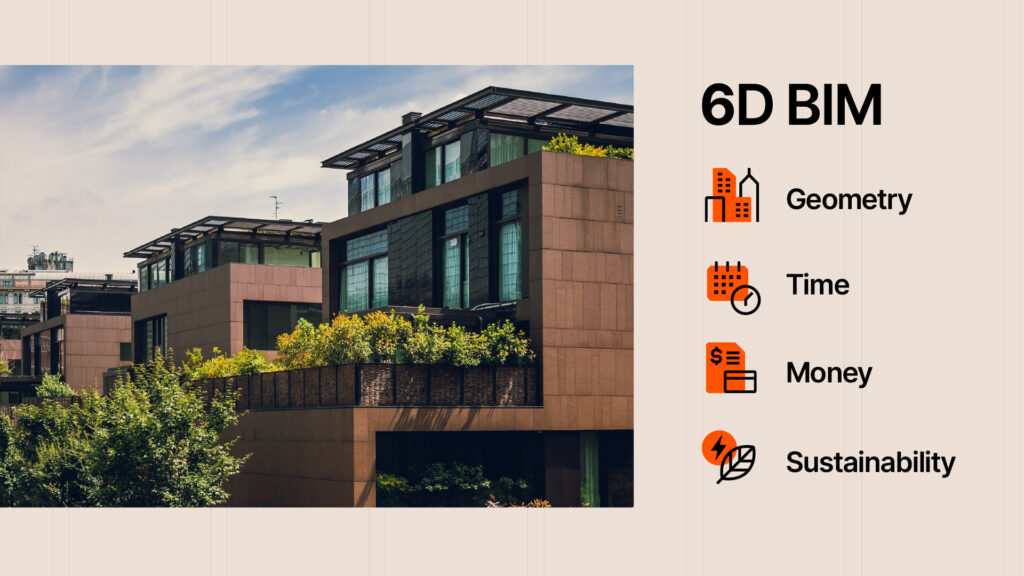
The Role of BIM in Sustainable Construction
Building information modeling (BIM) is transforming the architecture, engineering, and construction (AEC) industry. With this kind of sophisticated modeling, the industry has shifted from designing in 2D to 3D. This helps...
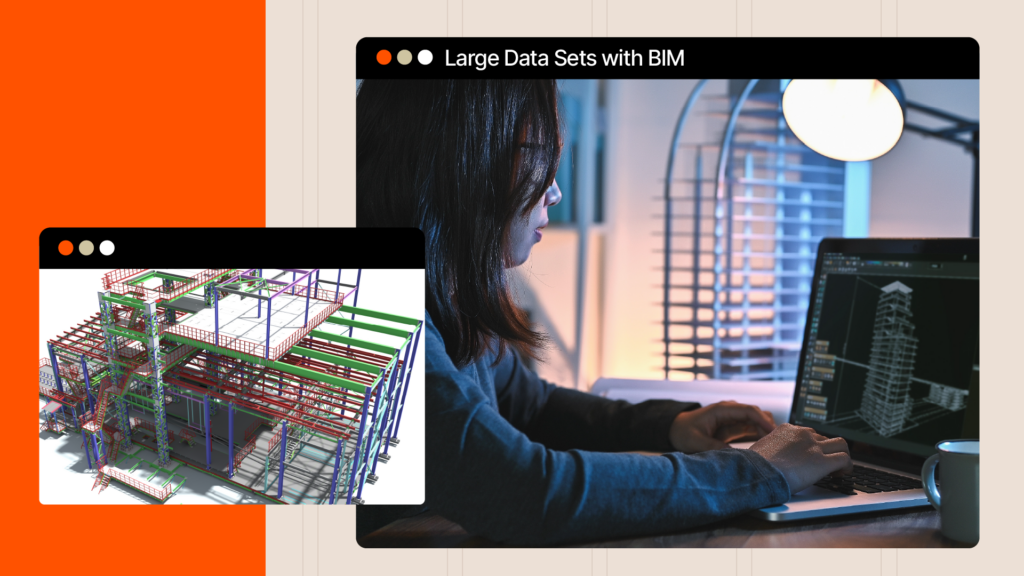
Building and Using Large Data Sets with BIM
In recent years, two technological concepts have exploded, almost in parallel: One, called building information modeling (BIM), makes it possible for stakeholders to “build” construction projects in a 3D virtual...
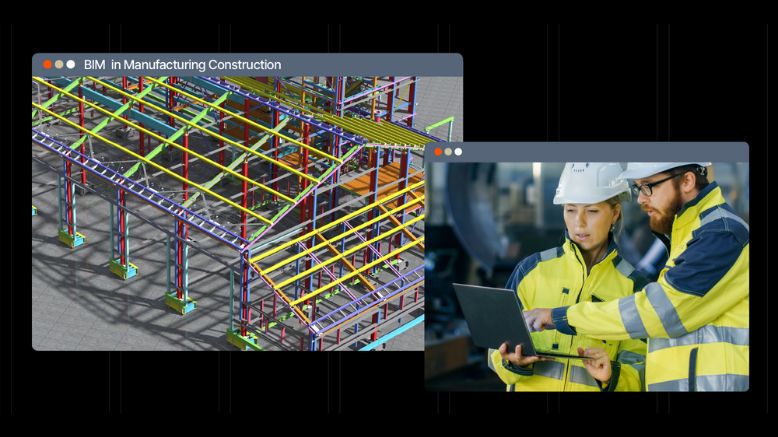
Exploring BIM’s Potential in Manufacturing Construction
As building information modeling (BIM) improves, project owners can build more sophisticated facilities faster. And as consumers increasingly demand what they want delivered to them faster, brands need smarter manufacturing...
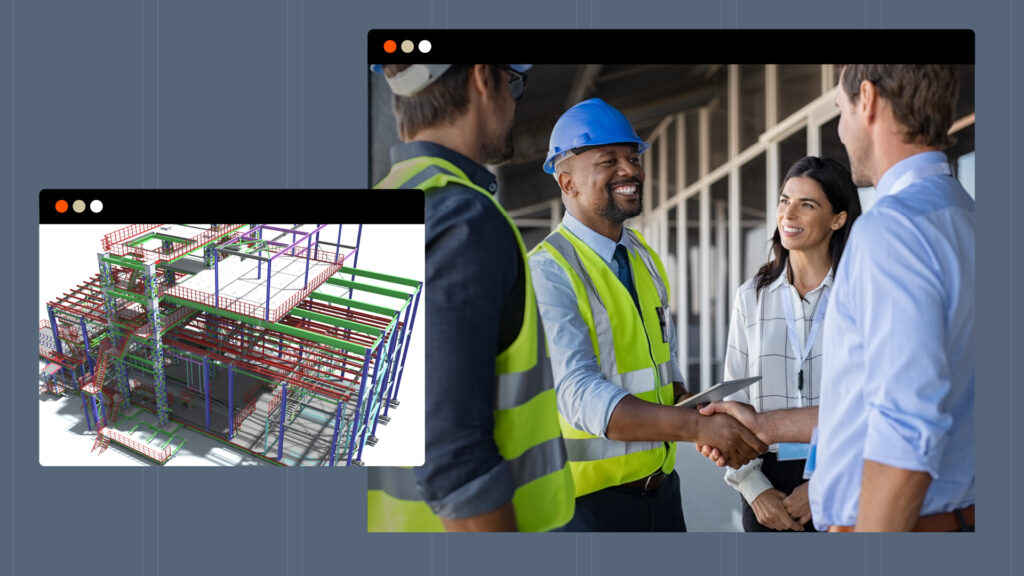
How BIM Enhances Control and Efficiency for Project Owners
Any construction project has a number of stakeholders. With a traditional project delivery method, it moves from designers and engineers in the architectural design process, to the general contractor and...